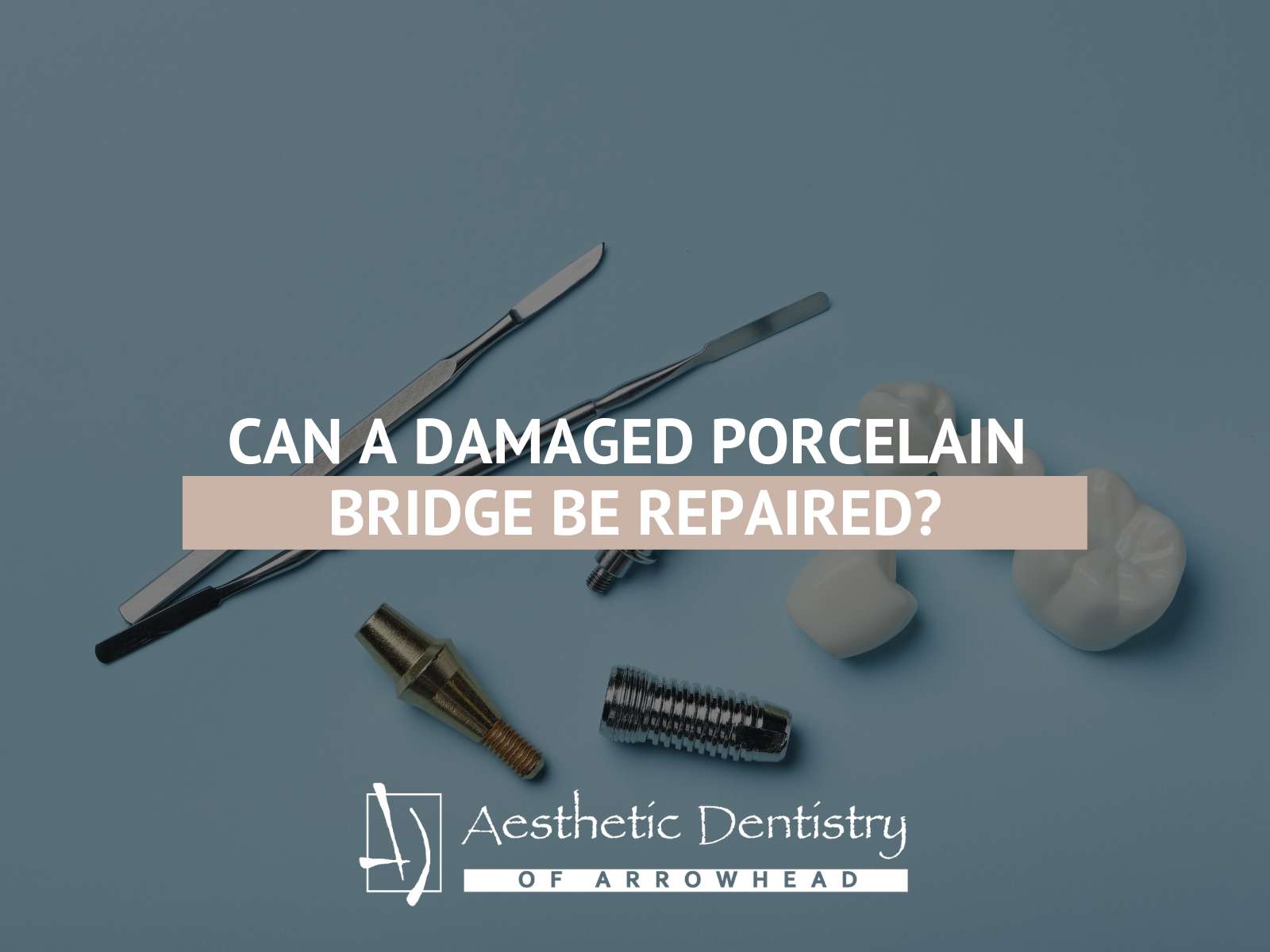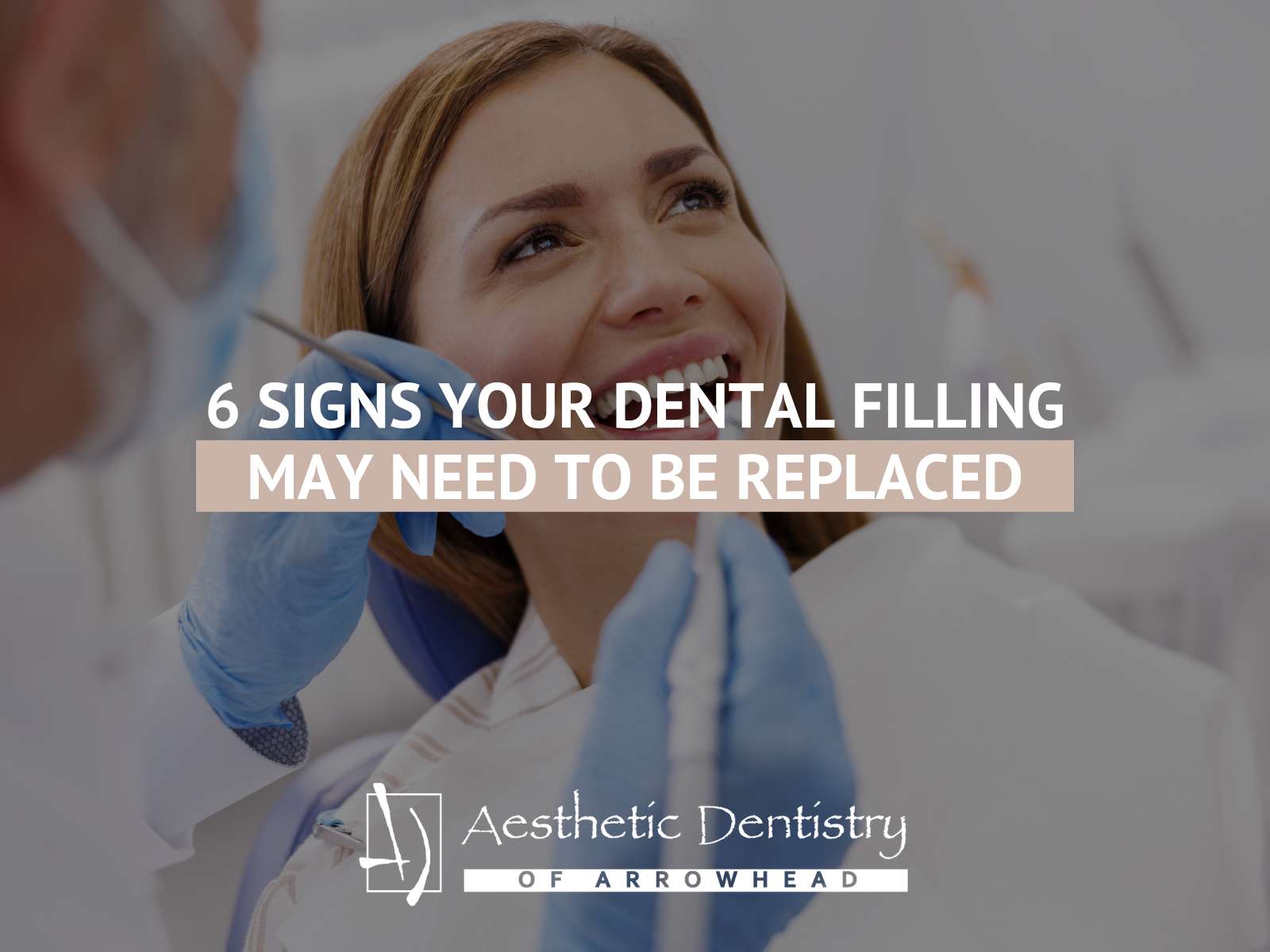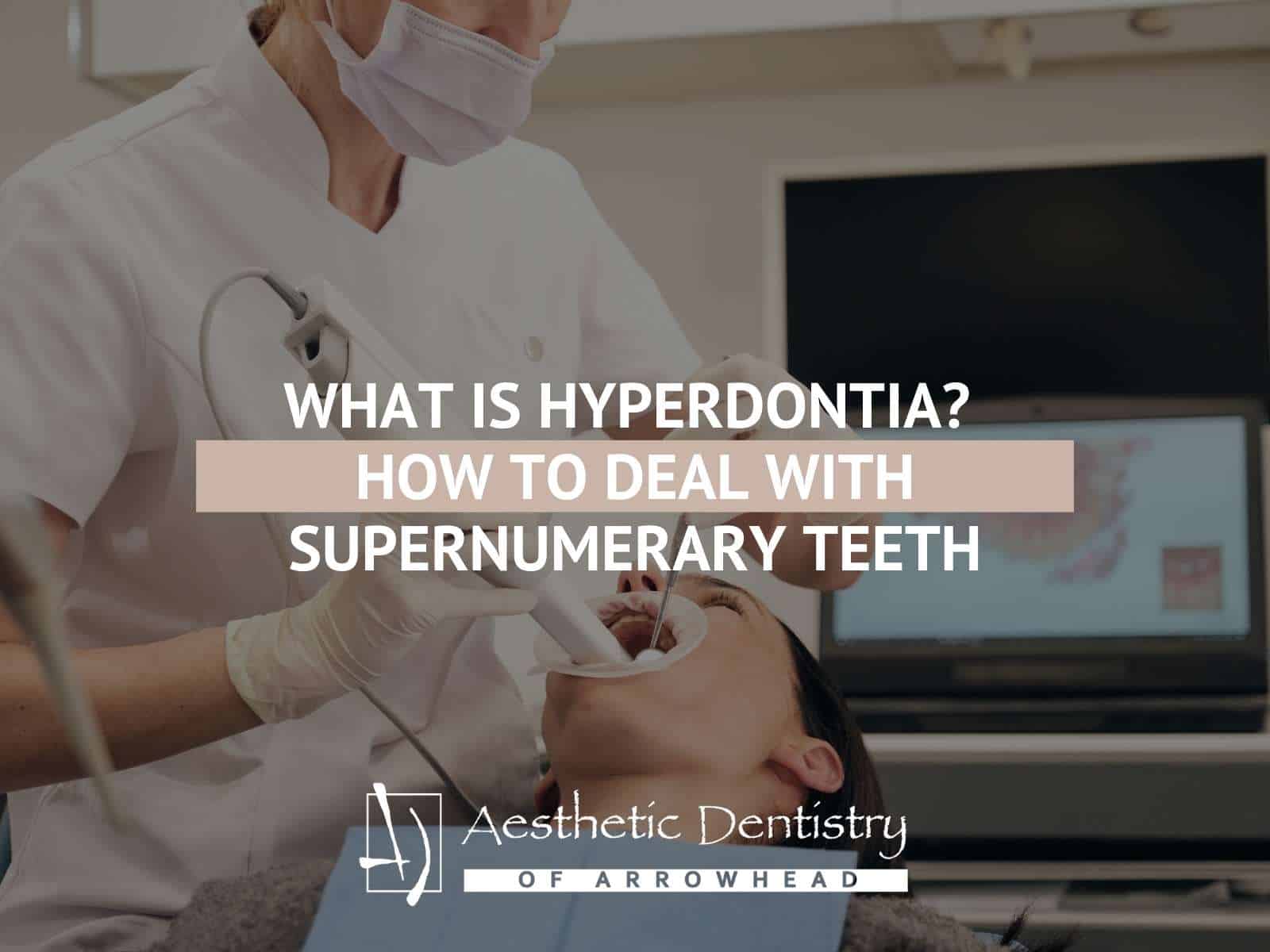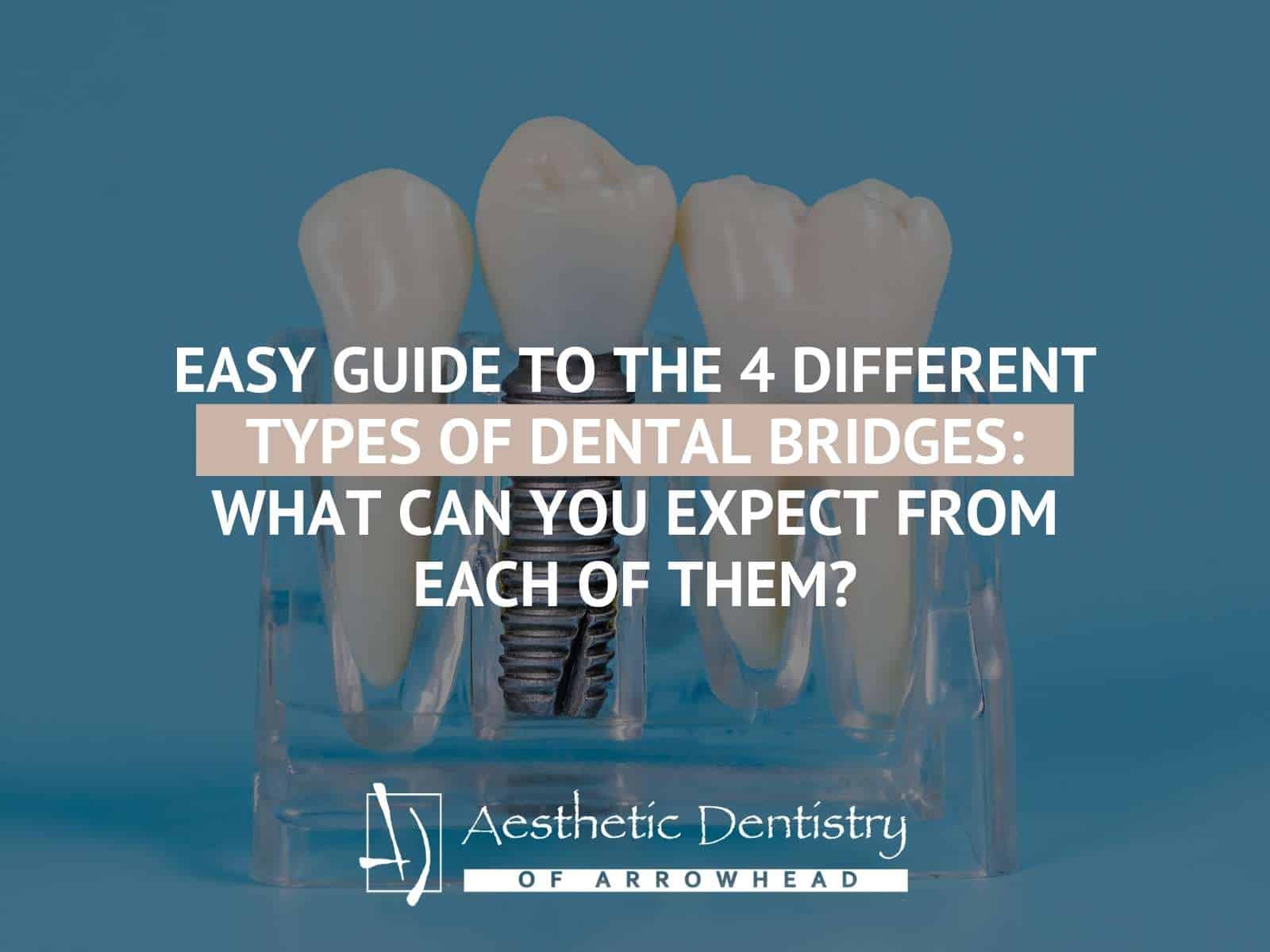Easy Guide To The 4 Different Types of Dental Bridges: What Can You Expect From Each Of Them?
All You Need To Know About Dental Bridges
Are you struggling with missing teeth? Dental bridges are a great way to replace them, but finding the right one is the key to a confident smile. Fortunately, a trusted Glendale dentist can give you an overview of the four distinct types of bridges and what to expect from each.
Dental bridges offer both aesthetic and practical purposes, improving your teeth’s appearance and allowing you to speak and chew better. These pontics are made of different types of material, but porcelain is usually the best choice because it can match your natural tooth color.
Learn all about dental bridges by reading the information below.
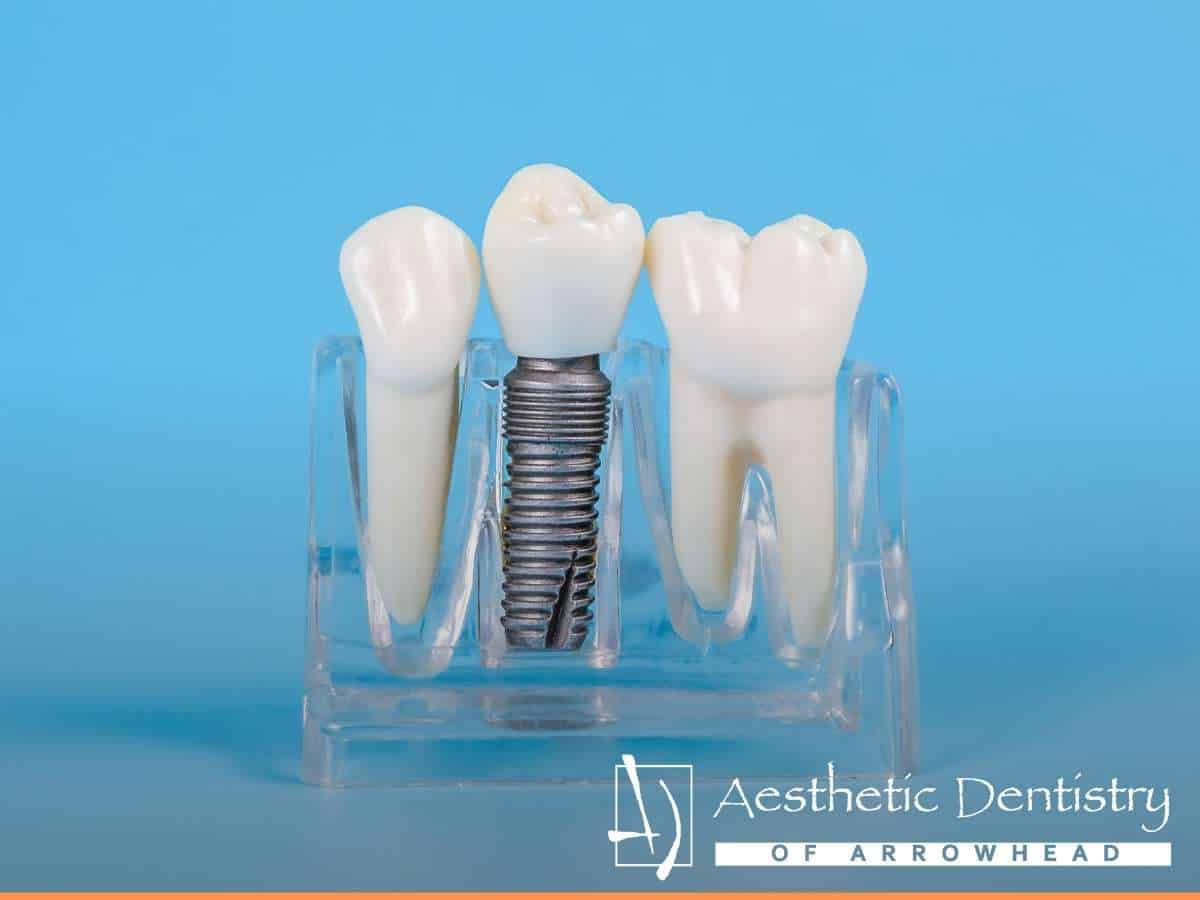
Traditional Dental Bridge
Traditional bridges are the most common. They consist of false teeth held by dental crowns that the dentist attached to each abutment tooth. Abutment teeth are natural teeth with dental crowns to support the fake teeth between them.
These bridges are helpful when natural teeth surround a missing tooth or gap. Dentists use ceramic or porcelain fused to metal to design them. Traditional bridges are strong enough to replace any teeth, including molars.
The only disadvantage with traditional bridges is that the dentist must remove some of the enamel from the two teeth to make room for the crowns. Removing enamel increases sensibility and is irreversible because enamel doesn’t grow back.
Dental crowns are crucial with traditional bridges. Your Arrowhead dentist must assign one to protect your teeth, even if you get a different type of dental bridge later.
Cantilever Dental Bridge
Cantilever dental bridges are also attached to an abutment tooth but only to one side. The dentist can use a cantilever bridge if you have natural teeth only on one side of a gap. This bridge is quite helpful to connect them.
Like traditional bridges, your dentist must prepare the adjacent tooth to support the bridge by removing enamel. However, contrary to conventional bridges, cantilever bridges have a higher chance of complications because they are supported only on one side.
Maryland Dental Bridge
Maryland or resin-bonded bridge is the best option for replacing teeth at the front of the mouth. Like traditional dental bridges, Maryland bridges require two natural abutment teeth, one on each side of the gap. The difference is that Maryland dental bridges use metal or porcelain bands to bind into the backs of the abutment teeth.
This option does not require adjacent teeth to remove their enamel because the bridge doesn’t need to hold in place. Nevertheless, this causes the Maryland bridges to be less durable than traditional ones. They are still a good option in a trusted North Phoenix dental clinic.
Maryland dental bridges are as strong as the binding material that holds the teeth, so they may not stay in place in some areas of your teeth.
Implant-Supported Dental Bridges
Implant-supported bridges are also similar to traditional bridges, but they are not supported by natural teeth but by dental implants. These bridges are practical if you have more than one missing tooth, or you could put much pressure on unconnected individual implants.
Implant-supported bridges are the most stable. They only require two surgeries:
- One surgery to entrench the implants in the jawbone
- Another surgery to place the bridge
Since this process requires two surgeries, be prepared for it to take several months to get your implant-supported bridge ready.
Pros & Cons Of Dental Bridges
Pros
- They restore your smile naturally.
- They allow you to speak and eat normally.
- You can maintain your normal facial structure by preventing bone loss from the jawbone.
- Your adjacent teeth cannot move into the space, so you don’t have to worry about other problems with your bite.
Cons
- Any damage to the abutment teeth can risk the efficiency of the bridge.
- The crowns can change the structure of your teeth.
- Some dental bridges require enamel removal. Although your Peoria dentist will inform you about that, the process may weaken your abutment teeth, and you may have to replace them with dental implants.
Not everyone is a good candidate for dental bridges. Talk to a dentist before considering any of these dental processes.
Finding The Right Arizona Dental Clinic For You
If you’re missing a tooth or many teeth, talk to Aesthetic Dentistry of Arrowhead today to find the best solution for you. We offer numerous dental procedures, including braces, implants, cleanings, whitening, dentures, and more! Call us now to schedule your appointment soon.

Dr. Greg Ceyhan – Aesthetic Dentistry of Arrowhead
Glendale, Arizona 85308
Map | Directions
Phone: (623) 979-1515
Fax: (623) 878-1811
Office Hours: Monday-Friday: 8am-5pm
Website: https://www.drgregceyhan.com


